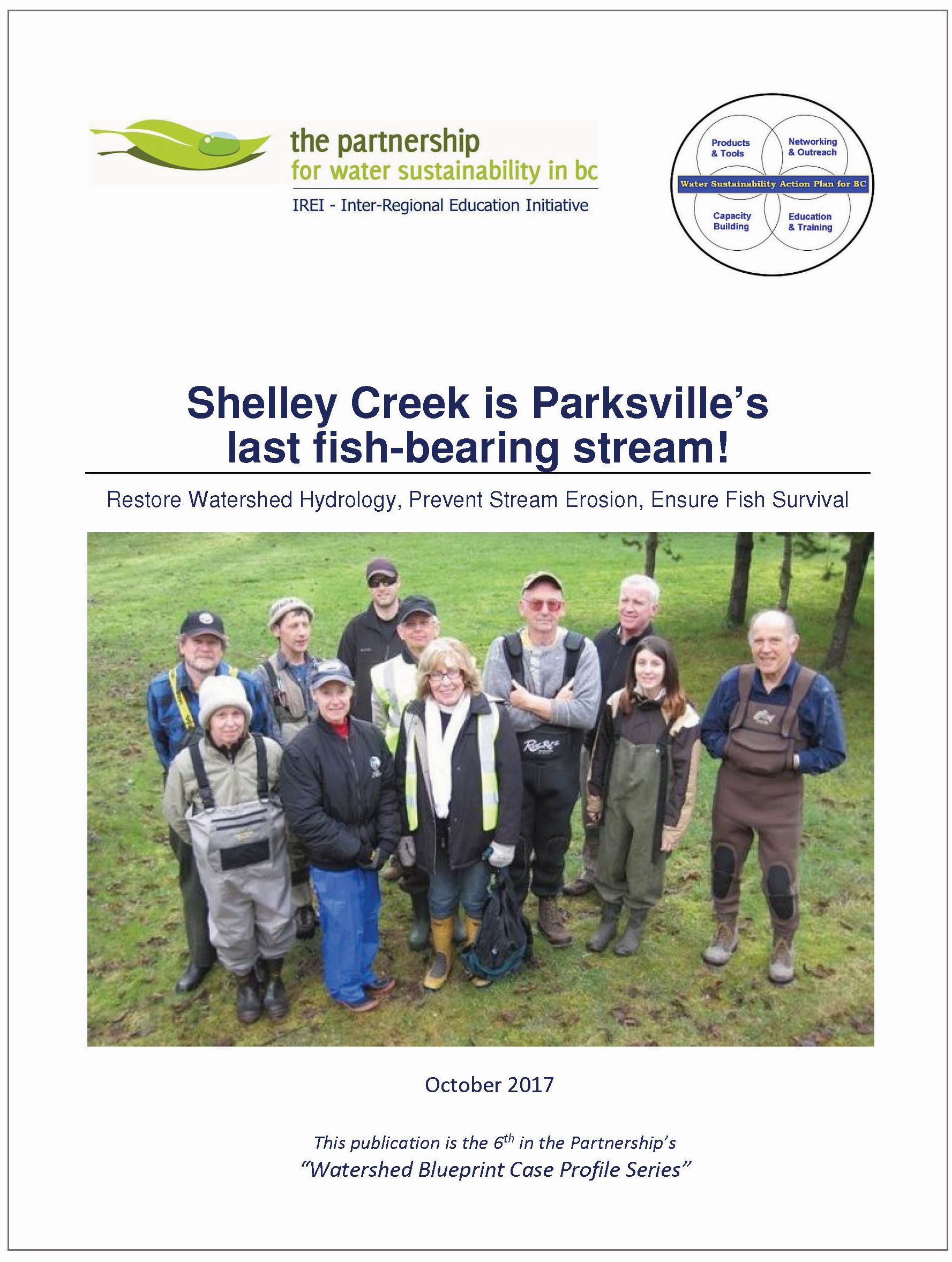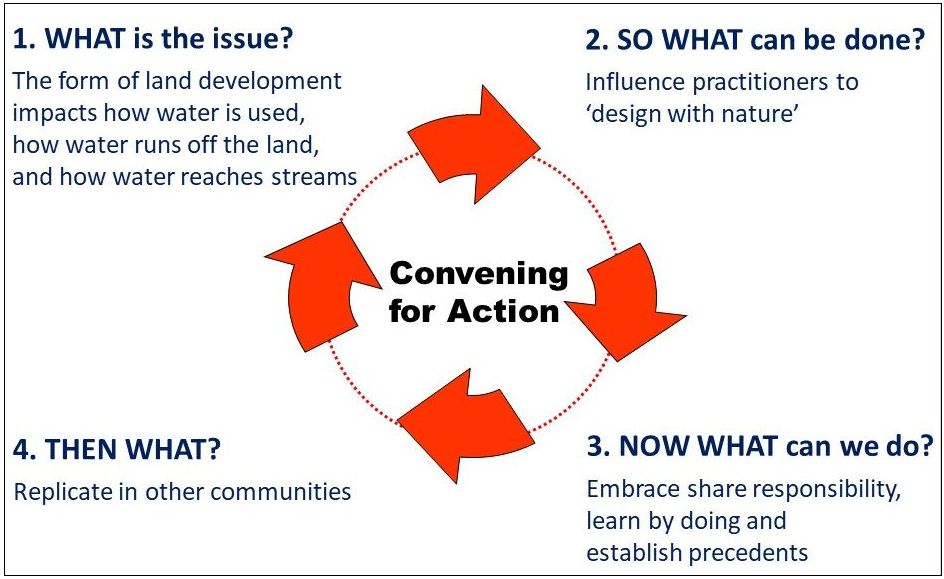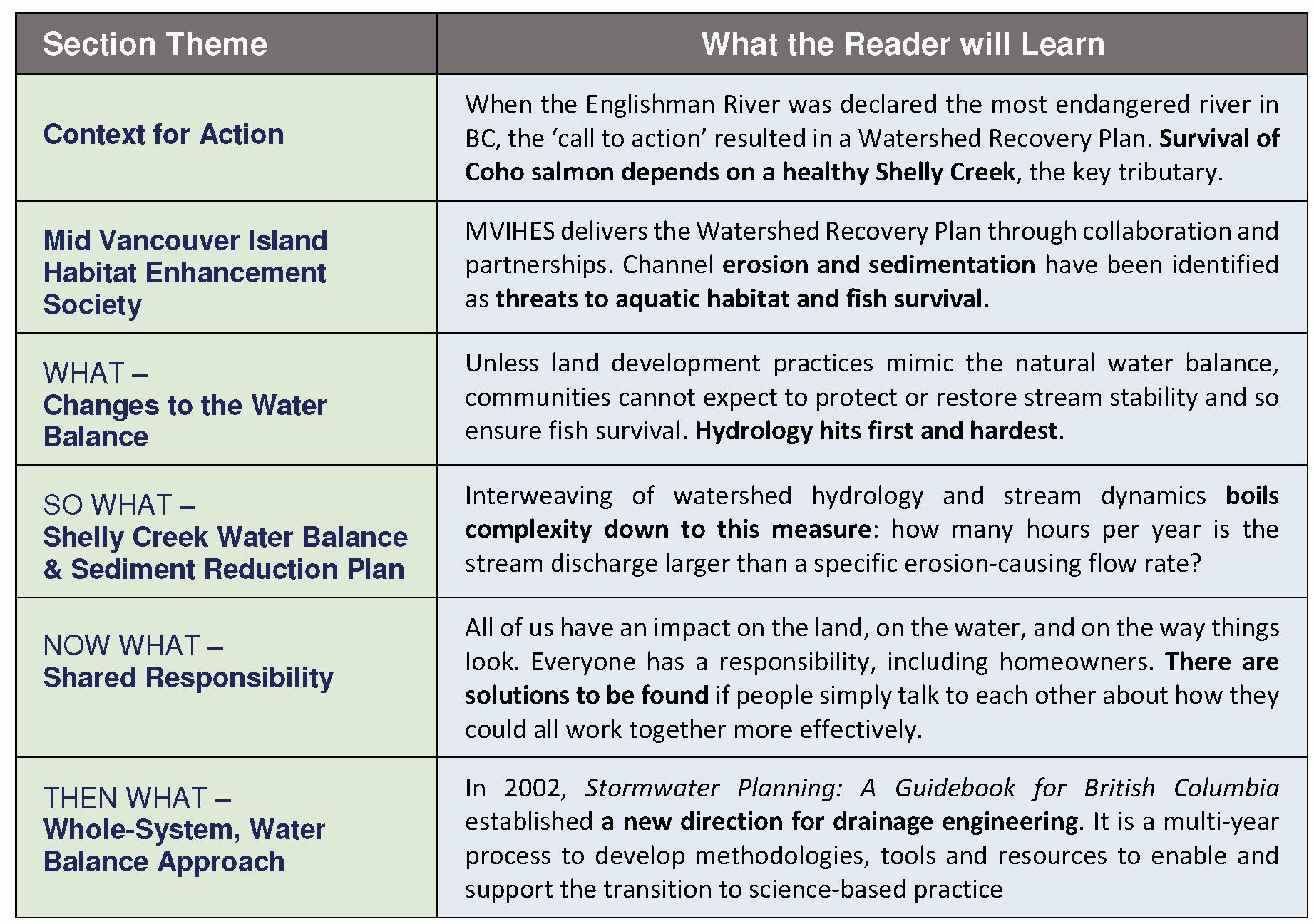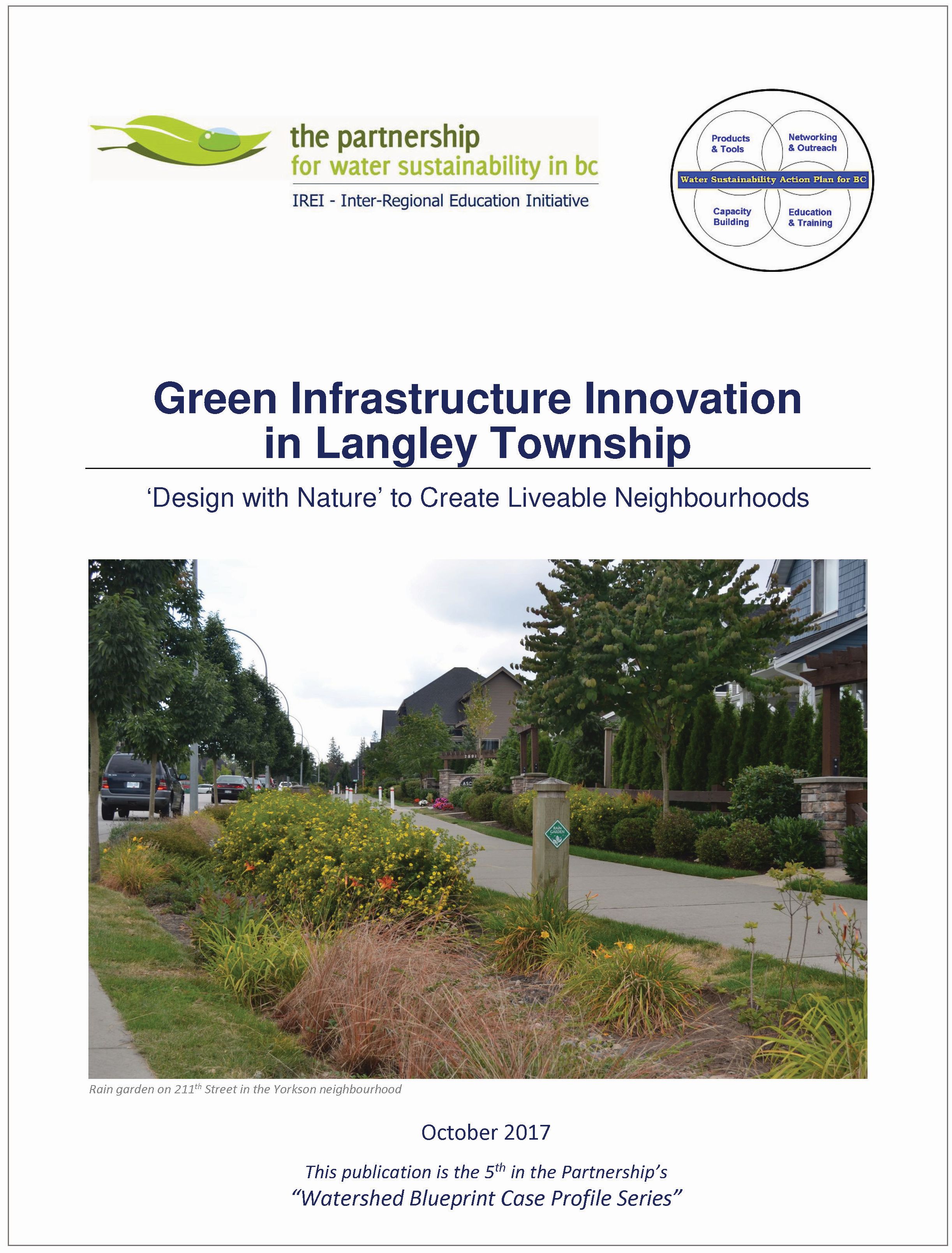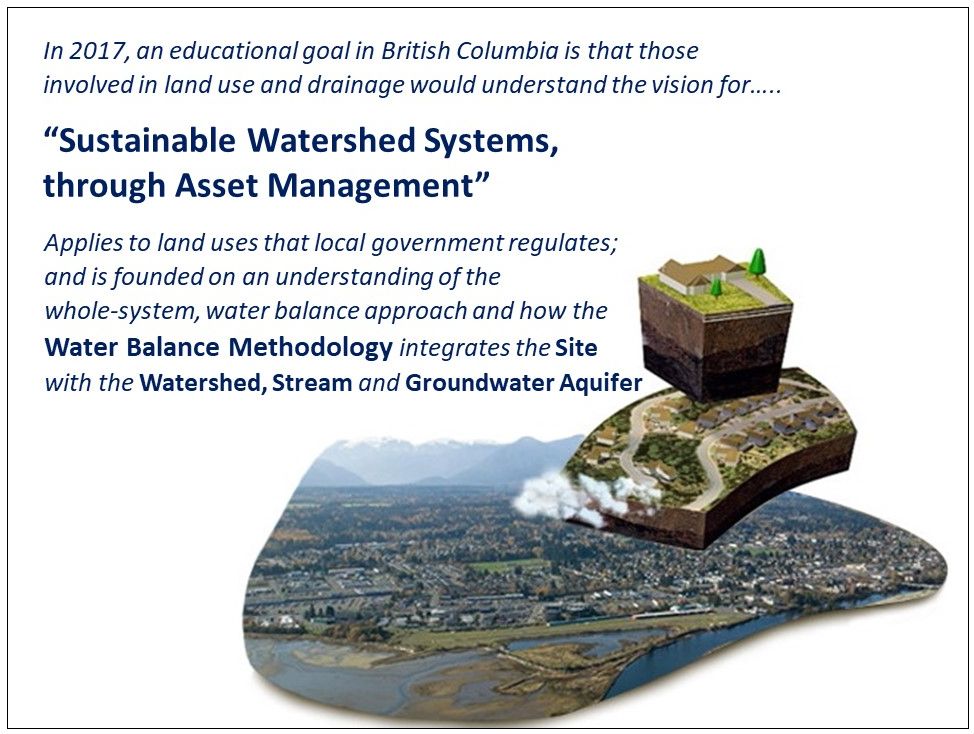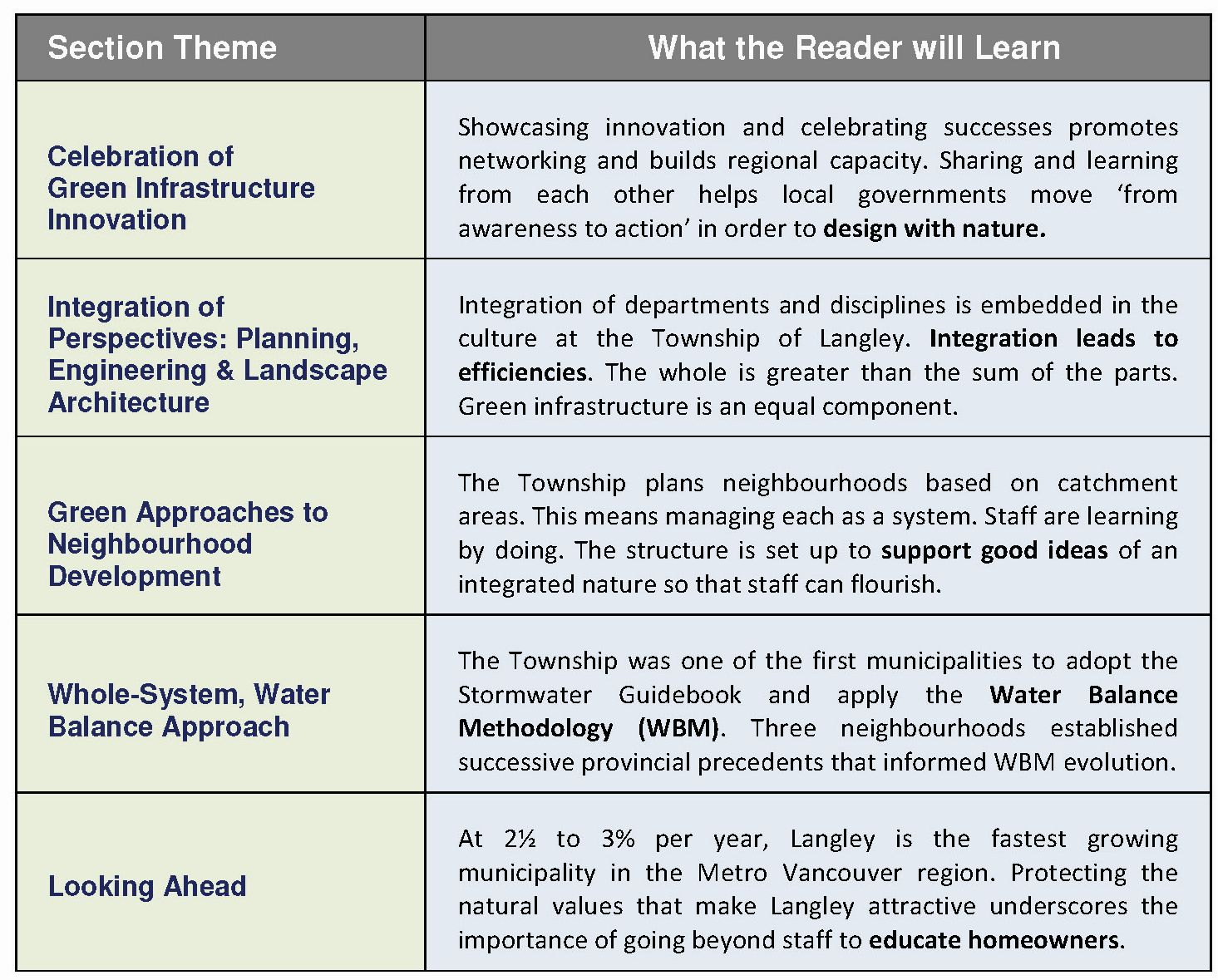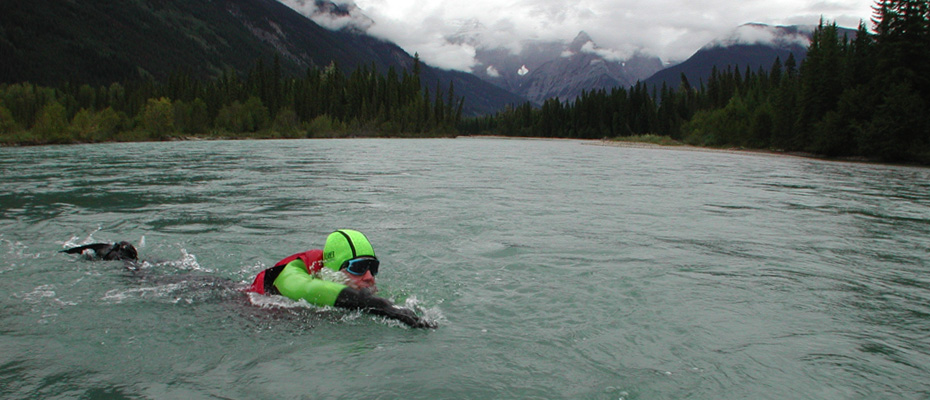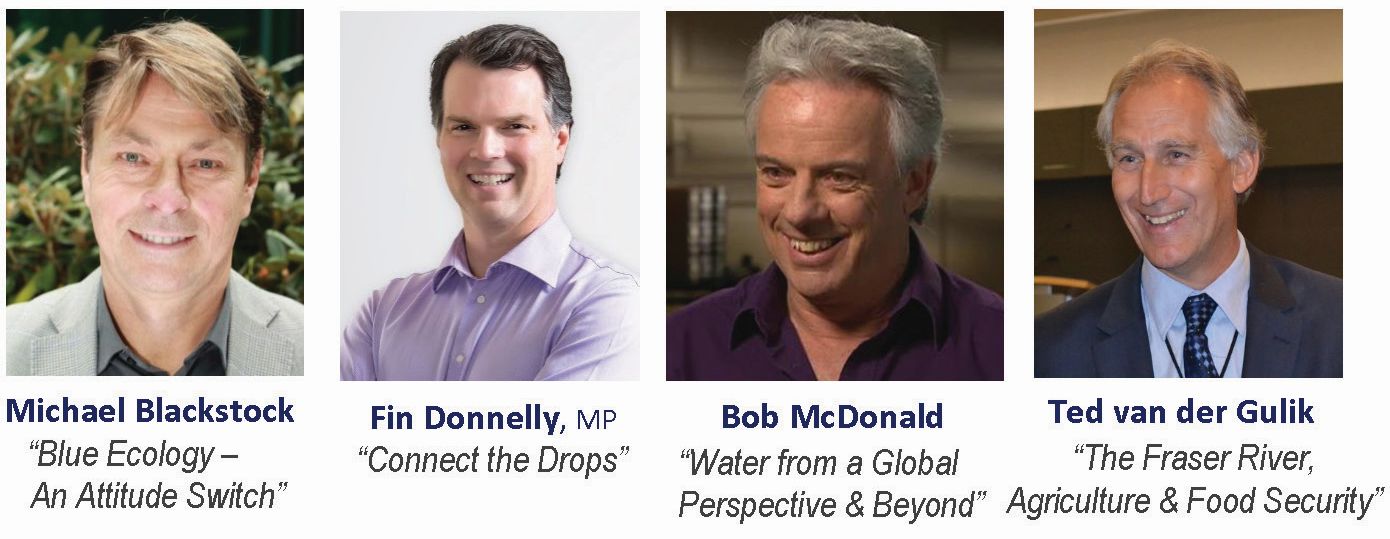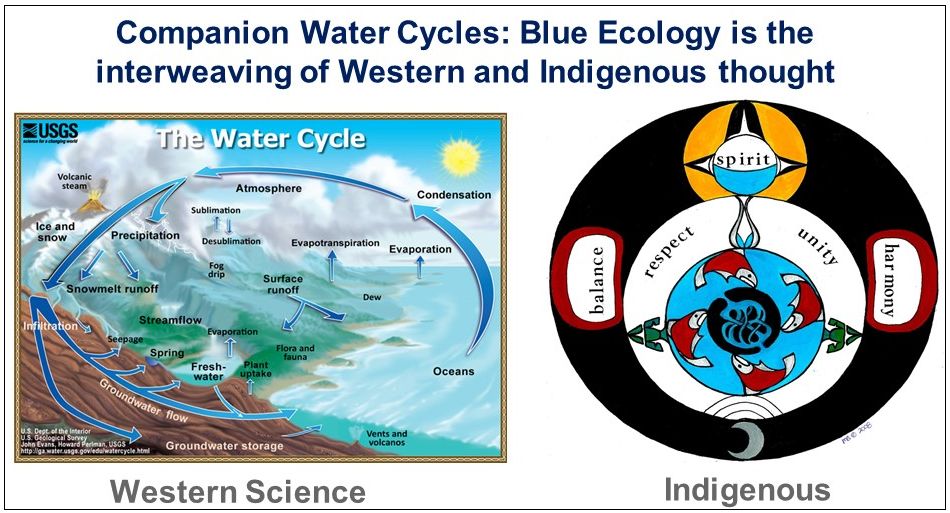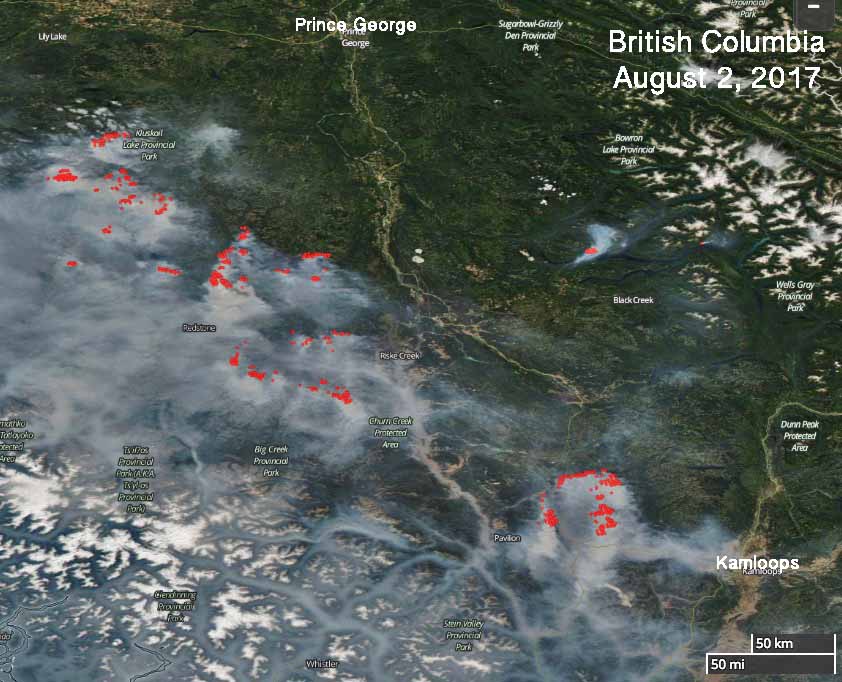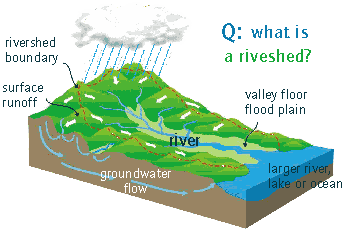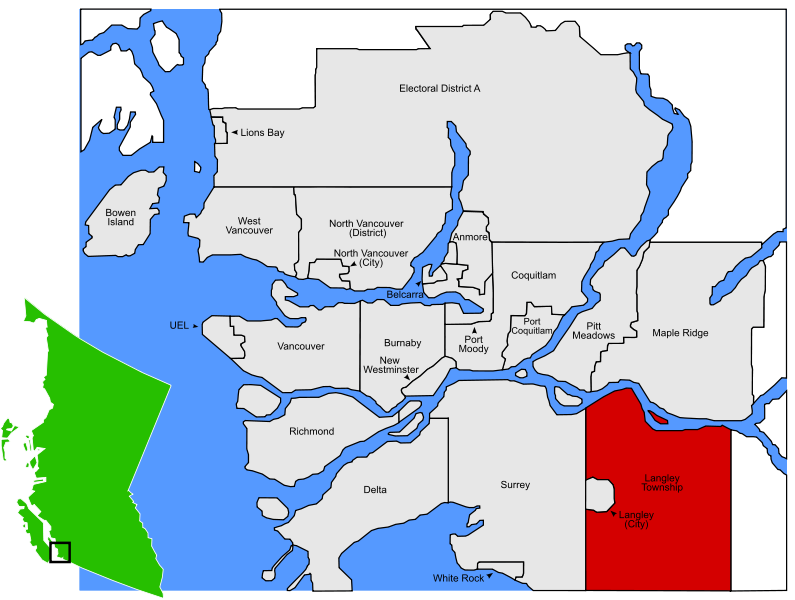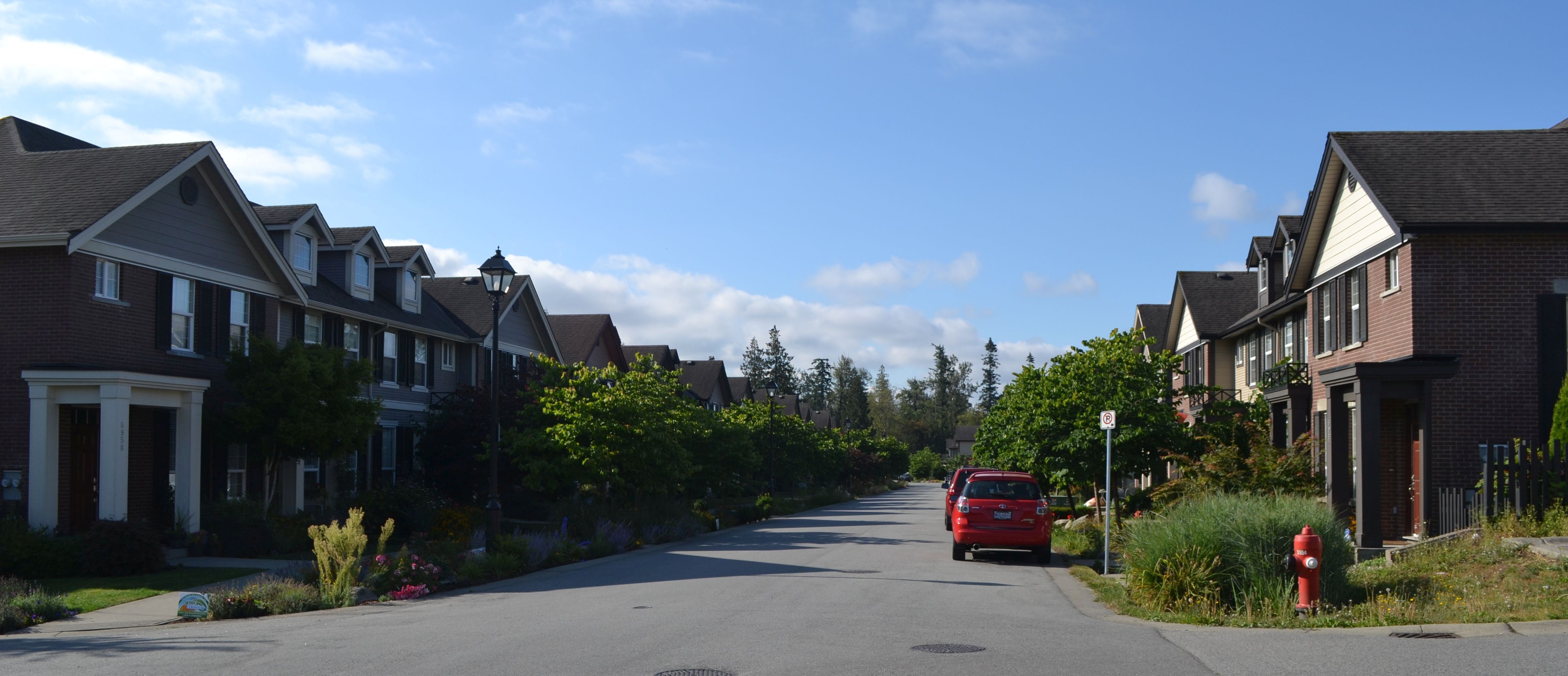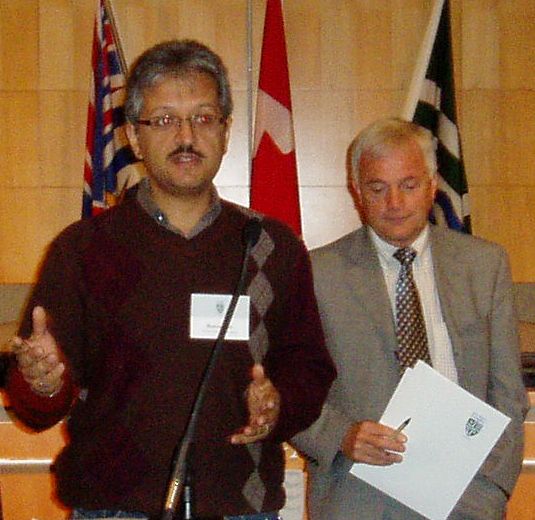“Cathedral thinking is about keeping the living generation tethered to the future,” said Rick Antonson
Comments Off on “Cathedral thinking is about keeping the living generation tethered to the future,” said Rick AntonsonNote to Reader:
Cathedral thinking aptly describes the philosophy that guides the work of the Partnership for Water Sustainability in BC. We inform, educate, train and mentor with a view to the long-term and creating a lasting legacy.
The Partnership’s current leadership team may not be around to witness the fruition of our work. However, we will have made a difference – by raising awareness, translating science-based understanding into methodologies and tools, and helping decision-makers set actions in motion.
The work of Rick Antonson is a source of inspiration.
Use Cathedral Thinking to
Create a Brighter Future
“If you were an architect in the 1400s and your town, your village, your city came to you and asked you to design the new cathedral, you would begin a project which you knew you would not live to see completed,” explained Rick Antonson when interviewed by Nichole Mahoney for a podcast.
 “If I was the stone mason and I was putting in place the foundation blocks or the cornerstone, I’d be doing so knowing that it would be a grandson or a granddaughter, of my own or of a neighbor’s, who would be doing the final touches as the cathedral completed long after I’d passed away.
“If I was the stone mason and I was putting in place the foundation blocks or the cornerstone, I’d be doing so knowing that it would be a grandson or a granddaughter, of my own or of a neighbor’s, who would be doing the final touches as the cathedral completed long after I’d passed away.
“It is the only way to keep the living generation tethered to the future. It’s about doing things today that are very important, intrinsically so, but the beneficiaries may not yet be born.
“It helps us in a simple way to conceive of the importance of long-term thinking, of being involved, each of us, in unfinished work, and seeing that what we do today has to have way to be built upon, not just by a colleague in contemporary times, but by a son and daughter, a future colleague that may join our firm or our organization or our community long after we ourselves have left it.
“It is keeping in mind that the details, the importance, the integrity that we approach today’s work with needs to be able to be applicable for others to bring new tools, new skills of a new generation, and continue the good work.”
To Learn More:
Download Use Cathedral Thinking to Create a Brighter Future, with Rick Antonson to read the transcript of the complete interview by Nichole Mahoney on Destination On The Left.
Or, visit http://destinationontheleft.com/rick-antonson/ to access and listen to the podcast.
Destination On The Left is a podcast focused on the travel and tourism industry that explores successful collaborations, creative marketing ideas and best practices. Interviews are a mix of Destination Marketers, Industry Leaders, Consultants and businesses in the industry. This podcast provides an opportunity for professional in the travel & tourism industry to share what they have learned and successes that they have achieved.
Rick Antonson is the former president & CEO of the international award-winning destination marketing organization, Tourism Vancouver.
YOUTUBE: Cathedral Thinking Explained by Rick Antonson
Watch Rick Antonson’s TED Talk on YouTube. He was inspired by the topic on Christmas Eve 2011, when he and his wife visited St. Mary’s Cathedral in Edinburgh. Impressed with the cathedral’s grandeur, he and his wife discussed how the cathedral’s early architects designed a structure they knew they would not live long enough to see completed.
Rick’s hope is that each of us begins to see how our actions today have ramifications well into the future, and that while the good of our actions may not be fully realized except through those as yet unborn, they are worth striving for.



